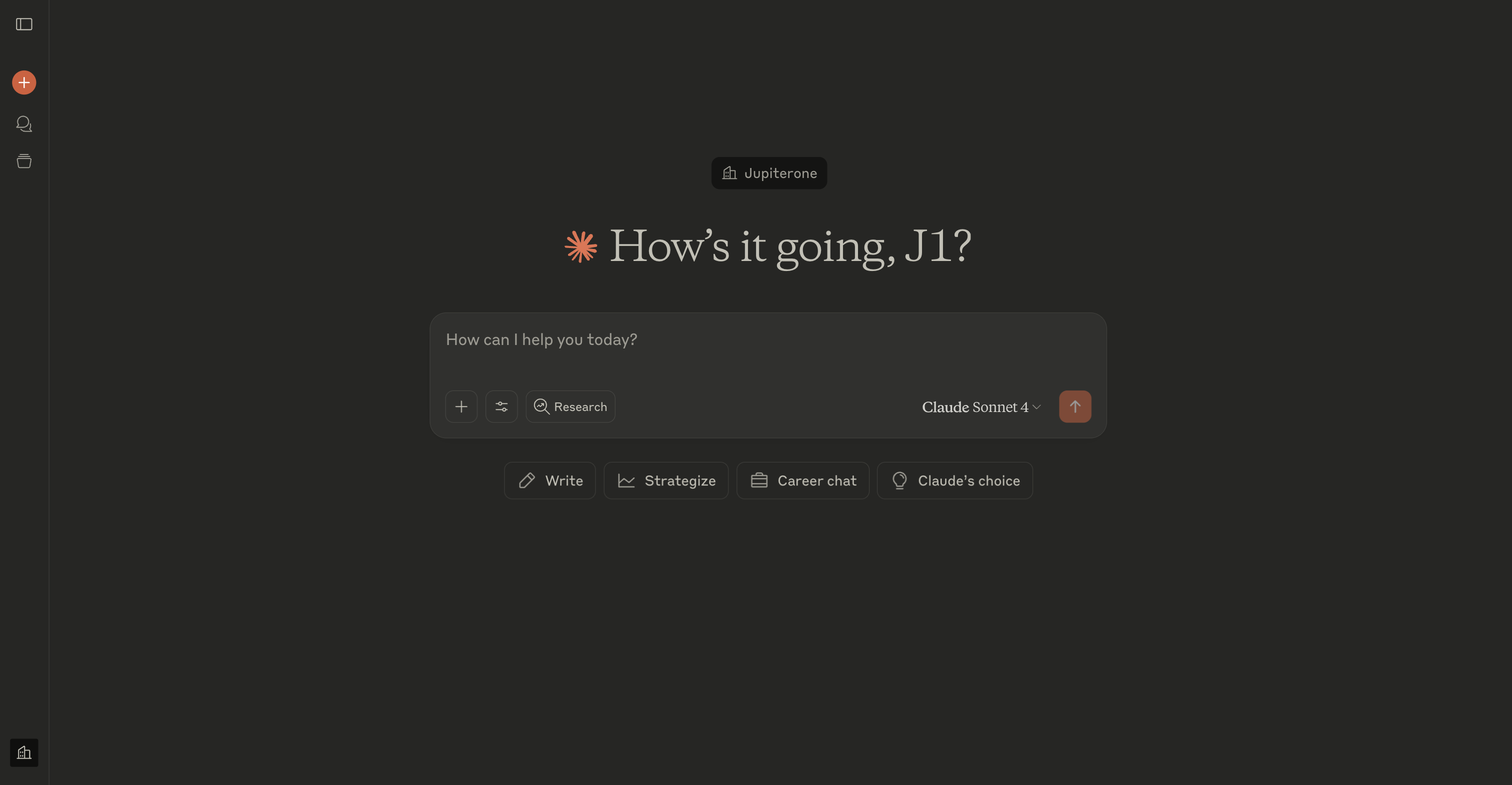In the realm of cybersecurity, we often find ourselves in a relentless race against increasingly sophisticated adversaries. It’s a high-stakes game where visibility and speed are paramount. The topic of graph databases has recently started trending in cybersecurity. Gartner’s latest report1, “Emerging Tech: Optimize Threat Detection with Knowledge Graph Databases,” and recent coverage by Forbes, Dark Reading and Data Science Central highlight this growing interest in the industry.
Building a Cyber Asset Platform on a Graph Data Model
As a former CISO, I experienced firsthand the limitations of traditional security approaches that often resulted in disjointed and siloed data. Security operations centers (SOCs) were akin to command centers with analysts glued to screens, piecing together fragmented data in a bid to stay ahead of threats. We were like detectives, always one step behind, sifting through clues to catch the perpetrator. For example, in a company’s Security Information and Event Management (SIEM) solution, security analysts receive alerts when threats are detected by predefined rules. However, both alert data and detection rules are stored in separate locations. Let’s consider the challenge of maintaining least privilege for 500 users or managing the patching process for 1,000 vulnerabilities. Attackers have a very different view of an organization. They focus on attack vectors, the methods and paths they can exploit to gain entry to valuable data, credentials and resources.
I envisioned a solution that could integrate and correlate vast amounts of data, providing a holistic view of the security landscape. Not just reactively analyzing data on what happened (i.e. events and logs), but also proactively analyzing data on what is the state and what could happen (i.e. assets and configurations). A graph data model was the clear answer.
The Power of Graph Databases in Threat Detection
According to Gartner, security product leaders are turning to graph databases as “knowledge engines” to significantly improve threat detection fidelity. The report underscores several critical insights:
- Graph Relational Approach: Traditional linear list approaches are increasingly insufficient for detecting advanced attacks. Graph databases enable the complex correlation and analysis of data relationships that are essential for identifying sophisticated multi-stage attacks.
- AI and Graph Synergy: The pairing of AI models with graph databases enhances the ability to analyze complex data relationships, leading to faster and more accurate threat detection.
- Data Relationship Visualization: Graph databases naturally align with how security data should be visualized and analyzed, making it easier to detect and respond to threats in real-time.
At JupiterOne, we have embraced these principles wholeheartedly. When I founded J1 in 2018, my vision was to create a unified platform that could provide unparalleled visibility and insights into an organization’s digital landscape. I wanted to empower security teams with the tools to not only react to threats but to proactively manage their security posture. This vision led us to leveraging a graph database from day one.
Why a Graph Database? Graph databases excel in representing and analyzing relationships between data points. This capability is crucial for security, where understanding the connections between entities (users, devices, applications) can reveal hidden threats and vulnerabilities. This graph-based approach allows security teams to:
- Contextualize Security Data: By mapping relationships across the digital ecosystem, security teams can gain context that is critical for accurate threat detection and response.
- Enable Proactive Risk Management: Graph data model allows security teams to visualize their attack surface and identify potential risks before they are exploited.
- Facilitate Fast and Efficient Threat Hunting: With the ability to query millions to hundreds of millions of assets and configurations on demand, security teams can conduct thorough threat hunts and investigations with unprecedented speed and accuracy.
It’s like having a map of the entire cyber landscape, where you can see every road, every intersection, and predict where the next ambush might happen.
Leading the Way in Graph-Based Security Solutions
JupiterOne was a pioneer in adopting a graph database for cyber asset management, setting a new standard in the industry. Our early adoption and continuous innovation have validated the immense value of graph databases in security.
The Trend of the Graph is Clear: Gartner’s report highlights that nearly 82% of security providers are now implementing or planning to implement graph databases for threat detection. This trend underscores the prescience of our decision and reinforces our commitment to delivering cutting-edge solutions to our customers.
Security as a Basic Right: At JupiterOne, we believe that security is a fundamental right for all organizations. Our mission is to democratize access to advanced security capabilities, enabling every business to protect its digital assets effectively. By building on a graph data model, we provide our users with the ability to see and understand their security environment in ways that were previously impossible.
Our Continued Commitment to Innovation
Looking back, I’m reminded of the transition from the static, defense-oriented cybersecurity of the past to the dynamic, proactive approaches we see today. In my earlier days, security meant fortifying perimeters and reacting to breaches. Today, it’s about understanding the fluid, interconnected web of our digital environments and staying ahead of the curve.
As the cybersecurity landscape evolves, so too will JupiterOne. We are committed to staying at the forefront of technological innovation, continuously enhancing our platform to meet the growing needs of our users.
Gartner’s latest report reaffirms our belief in the transformative power of graph databases. As we look to the future, we remain dedicated to leveraging this technology to deliver unparalleled security insights and capabilities.
For security leaders and practitioners looking to enhance their threat detection and response capabilities, the adoption of graph databases is no longer optional—it is imperative. JupiterOne stands ready to partner with you on this journey, providing the tools and insights needed to safeguard your organization in an increasingly complex digital world.
--
References:
- Gartner, Inc. “Optimize Threat Detection with Knowledge Graph Databases,” May 2024.
- JupiterOne, Company Website.
Feel free to reach out for more insights or a demo of how JupiterOne can transform your security operations.









